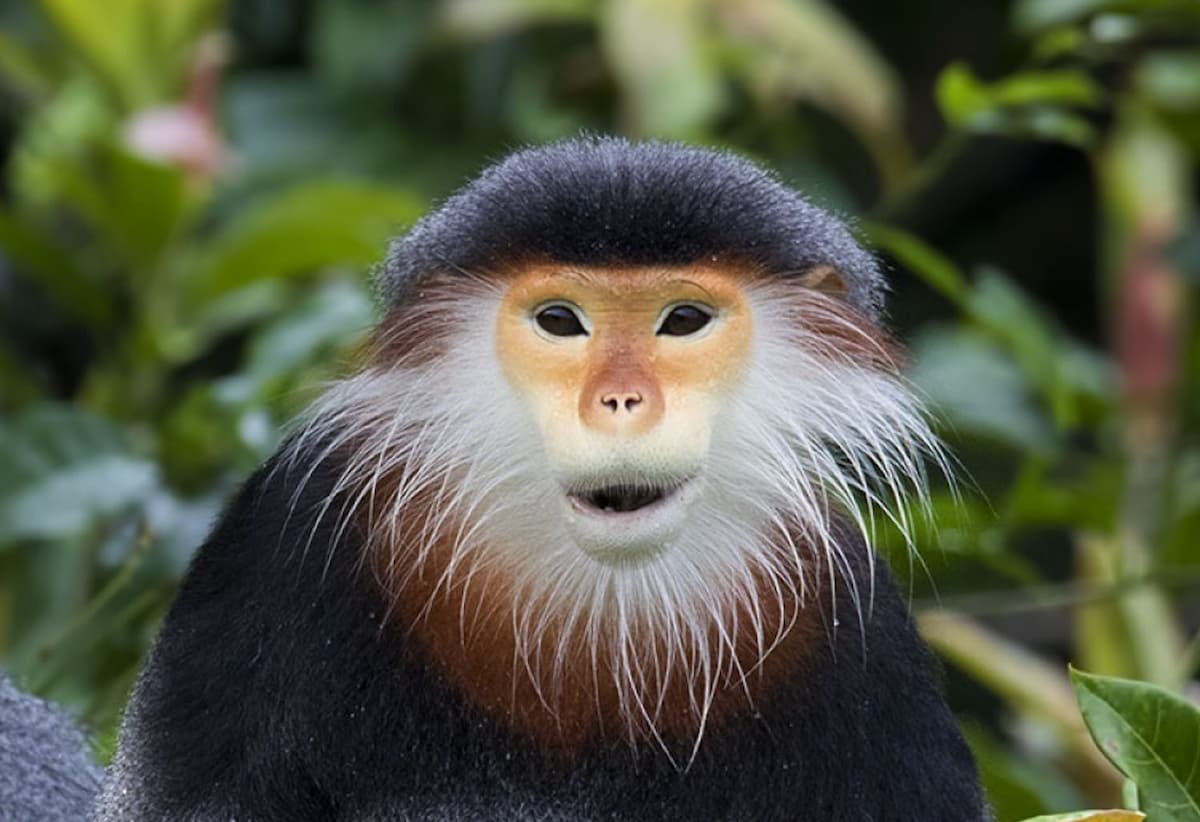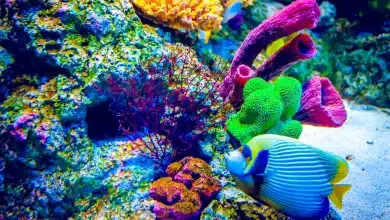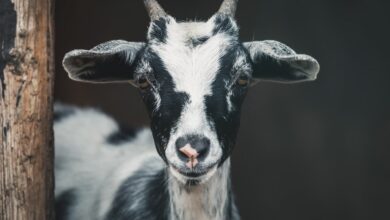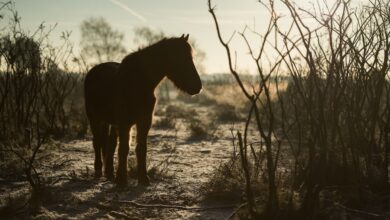The World’s Most Beautiful Monkey
Red-Shanked Douc
The Old World monkey, Red-shanked douc, is the most colorful monkey among all primate species. Because of their distinctive and one-of-a-kind appearance, they are known as the “Queen of Primates.”
The bright red-shanked douc resembles a chubby little man dressed in a grey shirt and black pants. It wears deep maroon leg warmers from the knees to the ankles over the pants and white elbow-length gloves on its arms. Under the costume, black feet and hands protrude. Its face is a lovely reddish yellow, with powder blue eyelids over amusingly dark eyes.
The rump markings differ slightly between genders. The male has white spots above the white triangle on its rump, whereas the female does not. The douc’s fur is a harmonious blend of five colors: white, black, brown-red, grey, and orange. Because of this, the species is also known as the five-color douc. A baby douc’s fur is yellow-brown with a black face.
The red-shanked douc is a long slender old species of monkey. It is a member of the colobine monkey family, but it is more closely related to probosci’s monkeys than languors. Males are slightly larger than females and range in size from 61 to 76 cm. Males weigh about 7 kg, while females weigh about 5 kg. Their tails range in length from 56 to 76 cm.
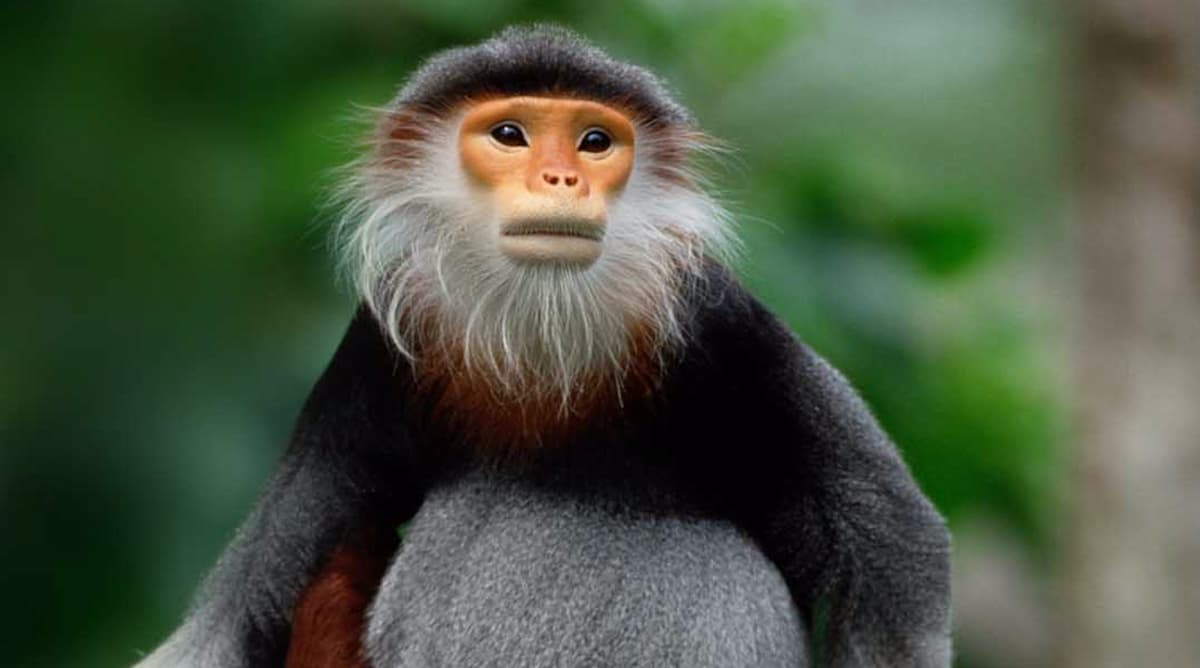
Habits and Lifestyle
Red-shanked doucs are arboreal and diurnal monkeys who eat and sleep in forest trees. They will occasionally drink water from the ground or eat mineral-rich dirt. They are social animals that can also live in groups. Males and females have separate hierarchies, and males are dominant over females. Males and females will both eventually leave the group into which they were born.
Adult males lead the way when the group moves, with juvenile males bringing up the rear and females and infants staying safe in the middle. These agile monkeys prefer to move high up in the canopy. They frequently perform breath-taking leaps of up to 6 meters in height (20 feet).
When in danger, Red-shanked doucs move noisily from branch to branch in the forest. When the group is disturbed, it can fly through the trees soundlessly, away from danger.
It may bark loudly and rush around the trees. On the other side, doucs spend most of their time quietly eating, dozing, digesting their bulky food, and grooming each other’s fur.
Mating Habits
Red-shanked doucs are polygynous, which means that during the breeding season, males mate with more than one female. Females reach reproductive maturity at around four years of age, while males reach maturity at around 4-5 years. Before mating, both sexes attract each other by moving their jaws forward, raising and lowering their brows, and shaking their heads. The female makes the first move at her chosen mate. The male returns his gaze.
The mating season lasts from August to December. The pregnancy lasts between 165 to 190 days. Twins are incredibly uncommon. They are born with their eyes wide open, and they instinctively cling to their mothers.
Other group members also feed and look after an infant.
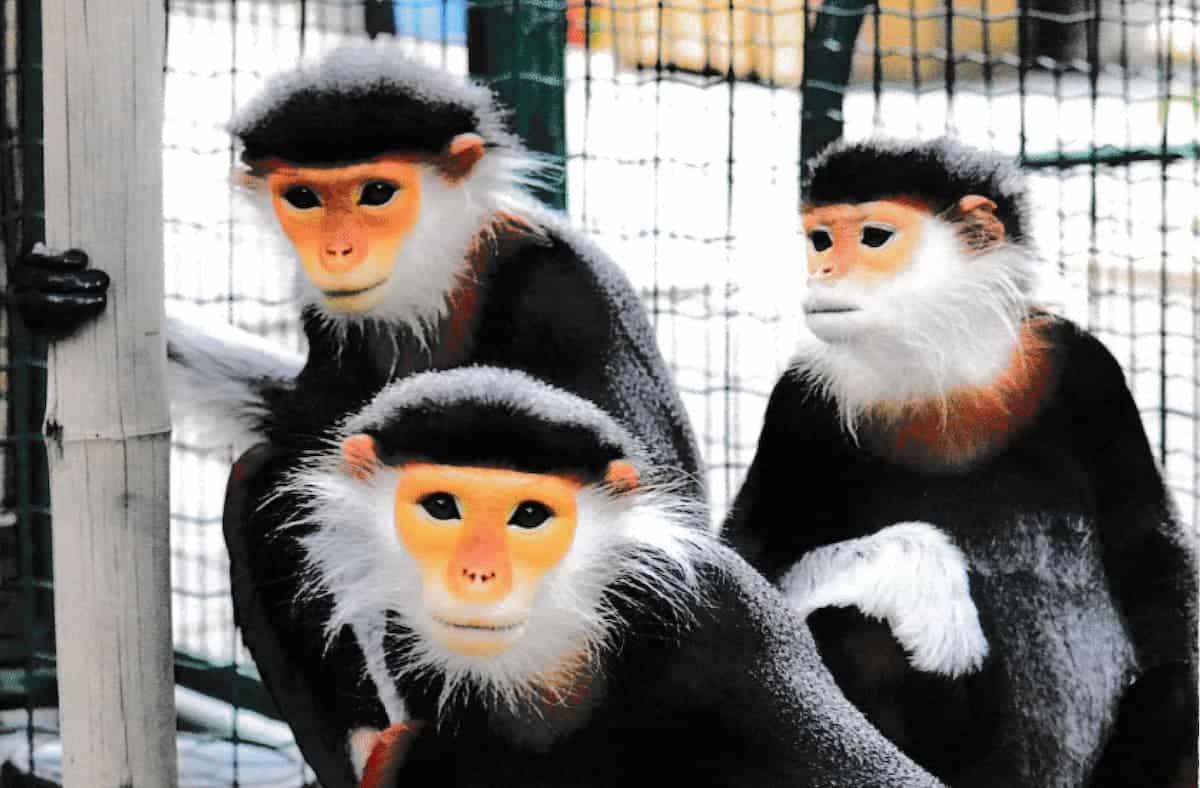
Diet and Nutrition
Red-shanked doucs are herbivores. They prefer small, young, and tender leaves but eat fruit such as figs, petioles, buds, flowers, seeds, and bamboo shoots.
The Main Predator
Humans are the primary predators of the red-shanked douc. They are threatened by habitat destruction and hunting throughout their limited range. Native People hunt them for food and body parts for use in traditional medicine.
The red-shanked douc is also the subject of the lucrative and illegal wildlife trade. The douc habitat was heavily affected by bombed and sprayed defoliants such as Agent Orange during the Vietnam War.
Distribution
Southeast Asia is home to red-shanked doucs. They are indigenous to Indochina, specifically Vietnam, Southern Laos, and possibly Northeastern Cambodia. These monkeys can be found in various environments, including lowland to mountainous terrain, primary and secondary rainforests, semi-deciduous, and the mid to upper levels of the canopy.
Population
- Population Threats
The main threat to this species is hunting, which is mainly done for subsistence and traditional medicine. Locals frequently hunt Red-shanked doucs for food, pets, or to make glue. The most severe threat to the population in Son Tra (Vietnam) is habitat loss due to the development plan.
- Population Number
The IUCN Red List and other sources do not provide a total population size for the Red-shanked douc. According to Wikipedia, the douc population in Son Tra (Vietnam) is around 1300 individuals. The number of these species was declining and marked as Endangered on the IUCN Red List.
